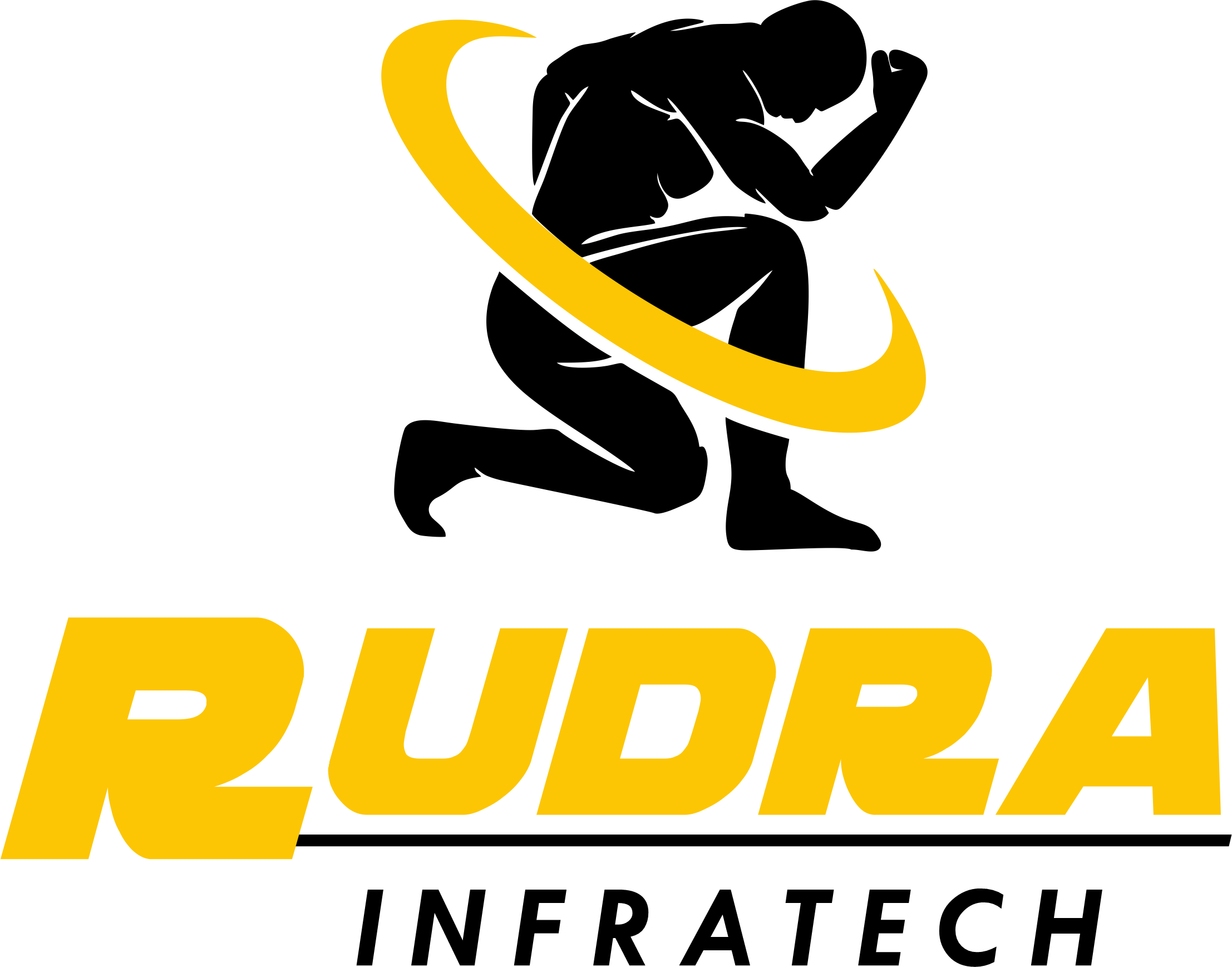How to Choose the Right Aggregate for Your Construction Project
When it comes to construction projects, one of the key components is the selection of the right aggregate. Aggregates are granular materials used in construction, including sand, gravel, crushed stone, slag, and recycled concrete. Rudra Infratech is a well-known supplier of aggregates in the construction industry, and choosing the right Rudra Infratech aggregate for your construction project is crucial. Aggregates are materials that are mixed with cement and water to create concrete, and they play a crucial role in determining the strength, durability, and appearance of the finished product. But with so many different types of aggregates available, it can be challenging to choose the right one for your specific project.
Let us discuss some factors to consider when choosing the right aggregate for your next construction project:
Purpose of the Aggregate
The first and most important factor to consider when choosing the right Rudra Infratech aggregate is the purpose for which it is required. Different types are used for different purposes. For instance, fine aggregates like M sand are used for plastering and finishing work, while coarse aggregates like crushed stone are used in the construction of roads, bridges, and buildings. Thus, it’s important to identify the purpose of the aggregate before choosing the right one.
Type of Aggregate
Aggregates can be broadly categorized into two types: natural and artificial. Natural stones are sourced from natural sources like rivers, mountains, and seashores. They include materials like sand, gravel, and crushed stone. Artificial aggregates, on the other hand, are manufactured from industrial by-products like slag, fly ash, and recycled concrete. The type of aggregate you choose will depend on the specific needs of your project.
Size of Aggregate
The size is another critical factor to consider. This product come in a range of sizes, from fine sand to large stones. The size of the aggregate you choose will depend on the strength and durability requirements of your project. For example, if you’re building a road or a driveway, you may want to use larger stones to provide better stability and durability. Conversely, if you’re working on a project that requires a smoother finish, you may want to use finer aggregates like 6mm dust.
Gradation-
The gradation refers to the distribution of particle sizes in the aggregate. A well-graded aggregate has a good mix of large and small particles, which helps to ensure that the finished product is both strong and durable. The gradation of the aggregate will also affect the workability of the concrete. If the aggregate is too fine, the concrete may be too stiff and difficult to work with, while an aggregate that is too coarse can result in a mix that is difficult to place and finish.
Shape-
The shape also plays a crucial role in determining the properties of the finished concrete. Angular aggregates tend to interlock better, providing better stability and strength, while rounded aggregates are smoother and more workable. The shape of the aggregate will also affect the amount of water required for the concrete mix. Angular aggregates may require less water, while rounded aggregates may require more.
Density and Porosity-
The density and porosity are also essential factors to consider. A denser aggregate will typically be stronger and more durable, while a more porous aggregate may be more prone to cracking and water damage. The density and porosity of the aggregate will also affect the weight of the finished product, which can be an important consideration for large-scale projects like bridges and high-rise buildings.
Durability of Aggregate
The durability of the the material is also crucial, especially if your project will be exposed to harsh weather conditions or other environmental factors. Certain types of aggregates may be more prone to wear and tear erosion, or chemical damage, which can compromise the strength and integrity of the finished product over time.
Availability and Cost of Aggregate
Finally, you should consider the availability and cost of the aggregate. Depending on the location of your project, certain types of aggregates may be more readily available than others. The cost of the material can also vary widely depending on factors like transportation costs, production costs, and market demand.
Choosing the right #RudraInfratech aggregate for your construction project is crucial for the success of your project. The purpose, durability, size, availability and cost are the key factors to consider when selecting the right aggregate for your project. By considering these factors, you can ensure that you choose the right Rudra Infratech aggregate that meets your requirements and delivers the desired results.
About Rudra Infratech-
We are a leader in mining and crushing of Aggregate, Machine Sand, Wet Mix Macadam and Granular Sub Base, with a 9,00,000 metric ton per annum capacity in Udaipur. Our state-of-the-art 3-stage crushing plant and sand washer ensure the roundness and ease of flow for pumping concrete. Our M Sand and Aggregates are the best in the market, providing a sustainable alternative to river sand. Our M-Sand is uniform and strong, produced by crushing hard stones into small, angular, washed, and graded particles. Our Aggregates, made from natural sources, provide the foundation for construction, conforming to industry standards of elongation and flakiness index.
To know more about us, visit: https://rudrastonecrushers.com/
For more such content, visit our LinkedIn Page: https://www.linkedin.com/company/rudra-infratech/
